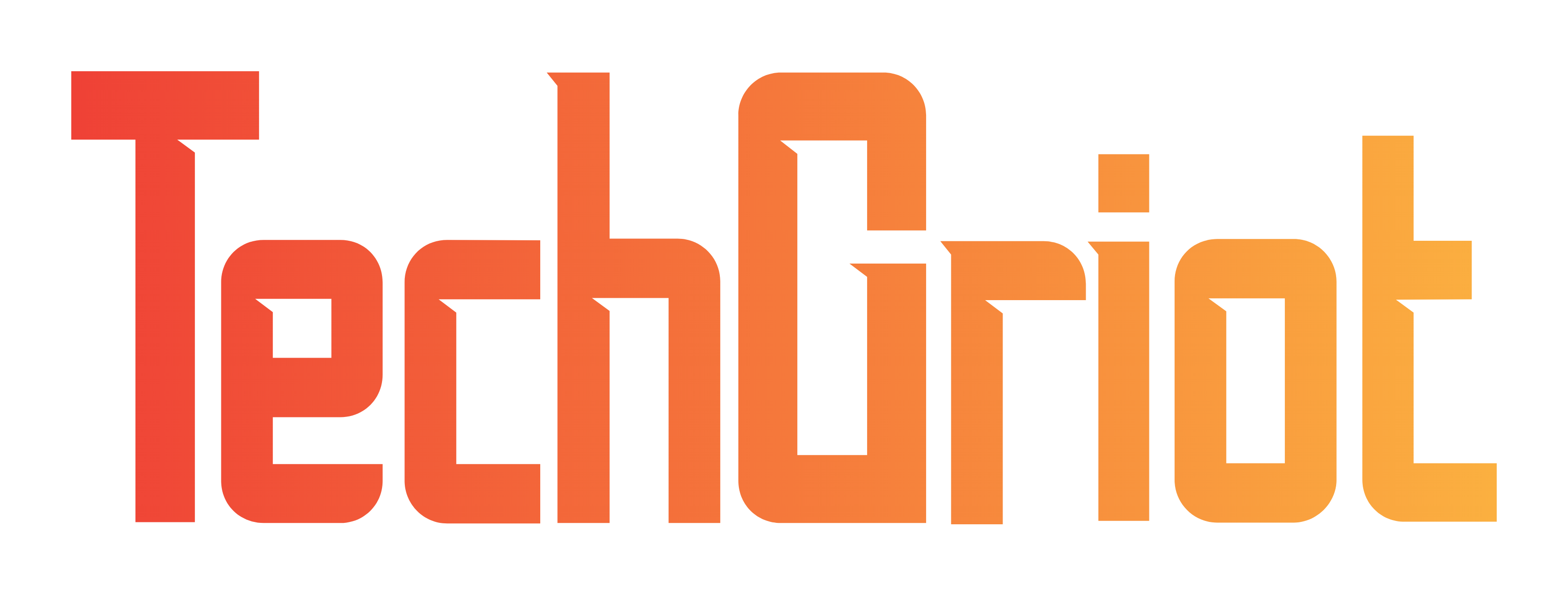LinkedIn bet on AI to help you write. It didn’t work 🤖
Cliquez ici pour lire en français
Despite its promise to boost productivity, LinkedIn’s generative AI writing tool is struggling to catch on. Even the company’s CEO admits user adoption has been far lower than expected — a reality check for AI-powered content creation.
A promising idea that never quite landed ✍️
As generative AI tools continue to make waves across industries, LinkedIn jumped on the trend with the launch of its own AI-powered writing assistant. The pitch was simple: help users write posts, private messages, and profile descriptions faster and more professionally using advanced language models.
From the start, many expected the tool to gain quick traction. After all, crafting polished professional content can be time-consuming. But a few months in, the reception has been lukewarm at best.
Users aren’t buying it 😐
LinkedIn’s CEO recently acknowledged that the AI assistant is performing well below expectations. Most users still prefer writing their content manually. Why? According to user feedback, the AI-generated suggestions often feel bland, generic, and devoid of personality.
“When something obviously looks AI-generated on LinkedIn, people call you out,” the CEO said in an interview with Bloomberg. “It’s one thing to get roasted on X or TikTok. But criticism on LinkedIn can actually hurt your chances of creating economic opportunities for yourself.”
That kind of reaction underscores just how much LinkedIn users value authenticity. A post on LinkedIn isn’t just about clean copy — it’s about tone, intent, and lived experience. And those are things AI still struggles to replicate.
Other tools are doing a better job ⚖️
While LinkedIn’s assistant stalls, competing platforms are seeing stronger uptake. Tools like ChatGPT or Jasper AI are praised for being more flexible, more customizable, and more in tune with the user’s voice and intent.
Ironically, LinkedIn’s decision to tightly integrate the assistant into its own platform — a move meant to make things seamless — may have backfired. Users expect a degree of creative control and nuance that the current version doesn’t deliver. Worse still, many associate the feature with cookie-cutter content — something most users are trying to avoid.
A reminder of AI’s creative limits ✒️
LinkedIn’s misstep highlights a broader truth: while AI can accelerate tasks or help spark ideas, it’s no replacement for the creative process itself. Writing — especially in a professional context — is about clarity, emotion, and personal perspective. Those are deeply human traits.
Tech innovation alone isn’t enough to drive adoption. Tools need to meet real user needs and fit existing habits — not replace them. On LinkedIn, writing remains a form of personal branding. And users aren’t ready to outsource that just yet.
That said, LinkedIn isn’t backing away from AI. The company plans to keep investing in smarter, more context-aware features — with a lighter, less intrusive touch. And that may be the real lesson here: technology should support your voice, not replace it.
👉🏾 Have you tried LinkedIn’s AI writing assistant? Was it helpful — or a letdown?
📱 Get our latest updates every day on WhatsApp, directly in the “Updates” tab by subscribing to our channel here ➡️ TechGriot WhatsApp Channel Link 😉







